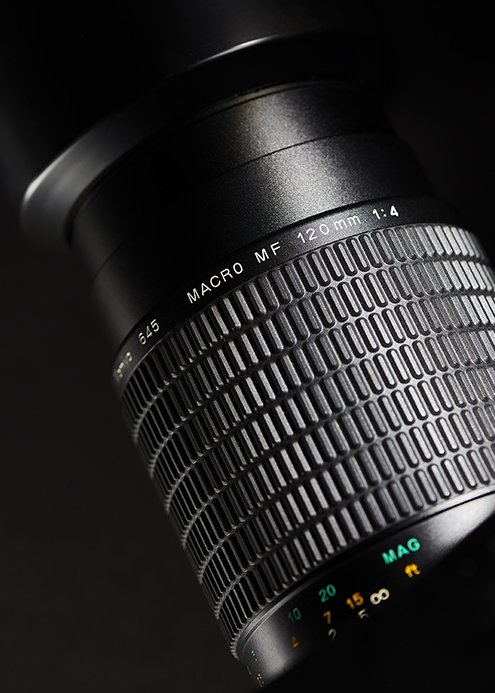What to look for in a macro lens
Macro photography opens up a fascinating world of intricate details and stunning close-ups, allowing photographers to capture subjects like insects, flowers, and textures in exquisite detail. Choosing the right macro lens is crucial to achieving high-quality results. This guide will help you understand what to look for in a macro lens to enhance your photography.
Magnification ratio
The magnification ratio of a macro lens indicates how large the subject will appear on the camera sensor compared to its actual size. A true macro lens offers a 1:1 magnification ratio, meaning the subject appears life-sized on the sensor. This ratio is essential for capturing fine details and achieving the desired close-up effect.
Focal length
Macro lenses come in various focal lengths, typically ranging from 50mm to 200mm. The choice of focal length depends on your specific needs:
Short Focal Length (50mm - 60mm): Ideal for general-purpose macro photography and subjects that are relatively easy to approach.
Medium Focal Length (90mm - 105mm): Offers a good balance between working distance and background isolation, making it versatile for various subjects.
Long Focal Length (150mm - 200mm): Provides greater working distance, which is beneficial for photographing skittish subjects like insects. It also offers better background blur (bokeh).
Aperture
A wide maximum aperture (e.g., f/2.8) is advantageous in macro photography for several reasons:
Shallow Depth of Field: Creates a pleasing background blur that isolates the subject.
Low-Light Performance: Allows for faster shutter speeds in low-light conditions, reducing the risk of motion blur.
Creative Flexibility: Offers more control over exposure and depth of field.
Image stabilization
Image stabilization is particularly useful in macro photography, where even minor camera shakes can result in blurry images. Look for lenses with built-in image stabilization to improve your chances of capturing sharp, handheld shots, especially in low-light conditions or at higher magnifications.
Minimum focusing distance
The minimum focusing distance is the closest distance at which the lens can focus on a subject. A shorter minimum focusing distance allows you to get closer to your subject, which is essential for true macro photography. Check the lens specifications to ensure it meets your requirements for close-up work.
Optical quality
High-quality optics are crucial for macro lenses to ensure sharpness, minimal distortion, and accurate color reproduction. Look for lenses with advanced optical elements such as:
Aspherical Elements: Reduce spherical aberrations and improve image sharpness.
Low Dispersion Elements: Minimize chromatic aberrations and color fringing.
Coatings: Lens coatings like multi-coating or nano-coating can reduce flare and ghosting, enhancing contrast and color fidelity.
Autofocus performance
While manual focus is often preferred in macro photography for precision, good autofocus performance can be beneficial, especially when capturing moving subjects. Look for lenses with fast, accurate, and quiet autofocus motors, such as ultrasonic or stepping motors.
Build quality and weather sealing
A well-built macro lens with robust construction can withstand the rigors of outdoor photography. Weather-sealed lenses offer added protection against dust and moisture, allowing you to shoot in various environmental conditions without worrying about damaging your gear.
Compatibility
Ensure the macro lens is compatible with your camera system. Check the lens mount and any specific requirements or limitations your camera might have. Compatibility extends to features like autofocus and image stabilization, which should work seamlessly with your camera body.
Choosing the right macro lens involves considering various factors, including magnification ratio, focal length, aperture, image stabilization, minimum focusing distance, optical quality, autofocus performance, build quality, and compatibility. By understanding these key aspects, you can select a macro lens that meets your specific needs and helps you capture stunning close-up images with incredible detail and clarity.

